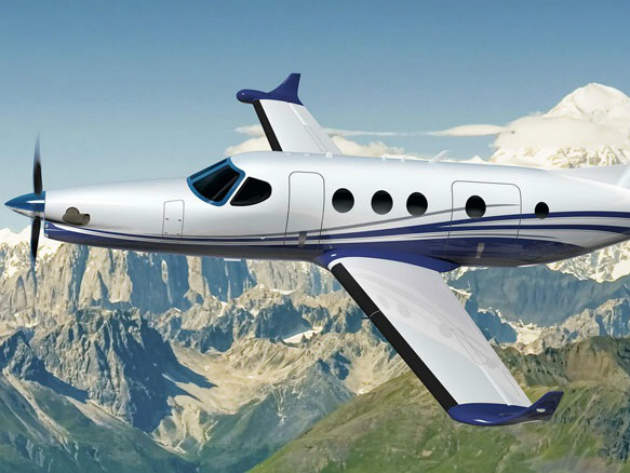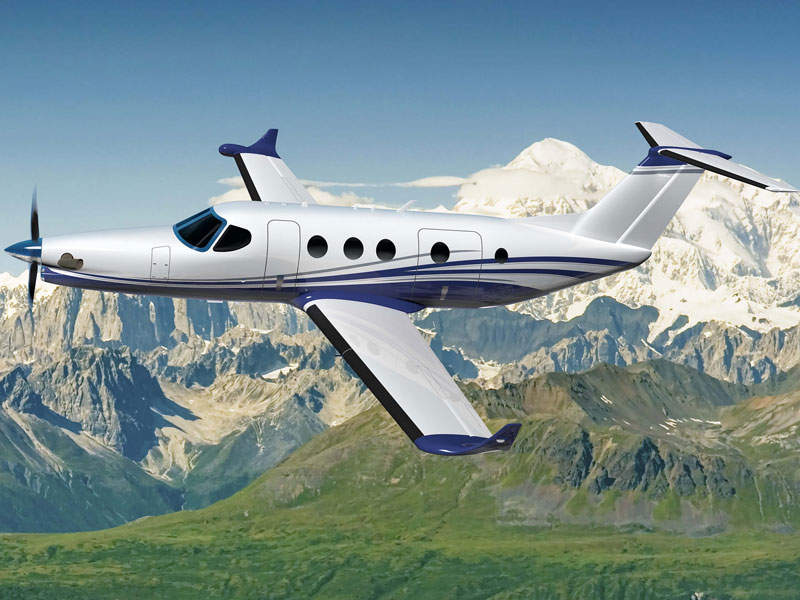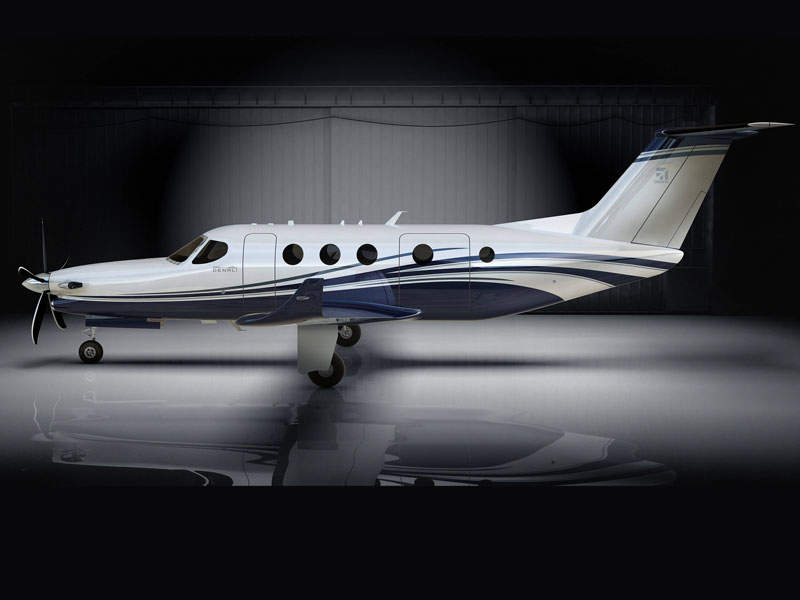The development of Denali, a single-engine turboprop aircraft also known as Textron Single Engine TurboProp (SETP), was announced by Cessna, a Textron Aviation Company, at the Experimental Aircraft Association (EAA) AirVenture in Oshkosh, Wisconsin, US, in 2015.
The mock-up of the aircraft’s cabin, along with GE Aviation’s advanced single-engine turboprop, was introduced at the EAA AirVenture in 2016.
The first flight of the Denali was expected to be completed by 2018. The aircraft will be developed to compete in the single-engine turboprop market, including Pilatus PC-12 and Daher-Socata TBM.
Denali turboprop design and features
Featuring a completely new design, the Denali will have a rugged landing gear, which will be suitable for take-offs from unimproved runways and short-fields.
The aircraft will be equipped with advanced technologies, which will help in achieving more than 20% lower operational costs. It will be equipped with a forward airstair door and large aft cargo door. The aircraft will also be easy to convert between passenger and cargo configurations.
The external dimensions of the aircraft will include a length of 14.86m (48ft 9in), height of 4.62m (15ft 2in) and wingspan of 16.54m (54ft 3in). The aircraft will have a wheelbase of 4.6m (15ft 1in) and tread of 5.03m (16ft 6in).
Cockpit and avionics of Denali
The aircraft will be fitted with Garmin® G3000™ avionics suite. It will include Synthetic Vision Technology (SVT™) integrated with three, 14in diagonal, widescreen LCD displays and two touchscreen control panels.
The avionics will include dual Garmin FMS with dual WAAS-enabled GPS receivers for navigation, and dual transponders with ADS-B In and Out, and weather avoidance radar. It will also be equipped with a terrain avoidance warning system (TAWS-B), Garmin traffic collision and avoidance system (TCAS I), and dual attitude heading reference system. A fully digital, dual-channel autopilot system will also be fitted in the cockpit.
Optional avionics equipment will include single or dual ADF, second DME, wireless data loading, flight data recorder, and cockpit voice recorder, TCAS II, TAWS-A, surface watch, XM graphical weather, lightning detection, and enhanced auto flight control.
Cabin details of the Cessna turboprop aircraft
The spacious cabin with a flat-floor design can accommodate between eight to 11 passengers. The dimensions of the cabin will include a length of 5.11m, width of 1.6m and height of 1.47m.
The cabin will have executive-style seating, a forward refreshment centre and space for cargo.
Engine and performance details
GE Aviation was selected to provide a single turboprop engine for Denali at the National Business Aviation Association’s annual tradeshow in November 2015.
The 1,240shp engine will be driven by a five-blade reversible pitch McCauley propeller with a diameter of 105in. It will have full-authority digital engine control (FADEC) with an initial 4,000-hour time between overhaul.
The propulsion system will give the aircraft a maximum cruise speed of 285k (519km/h). The range of the aircraft will be 1,600nm (2,963km) with four passengers, while the full fuel payload capacity will be 1,100lb (499kg) and the maximum operating altitude will be 31,000ft (9,449m).





